Every week we get Down & Dirty, in which we break down our favorite unique seasonal fruits, vegetables, and more.
Today: When's the right time to use thyme? All of the time! Use thyme's tiny leaves in every meal from sunup to sundown.
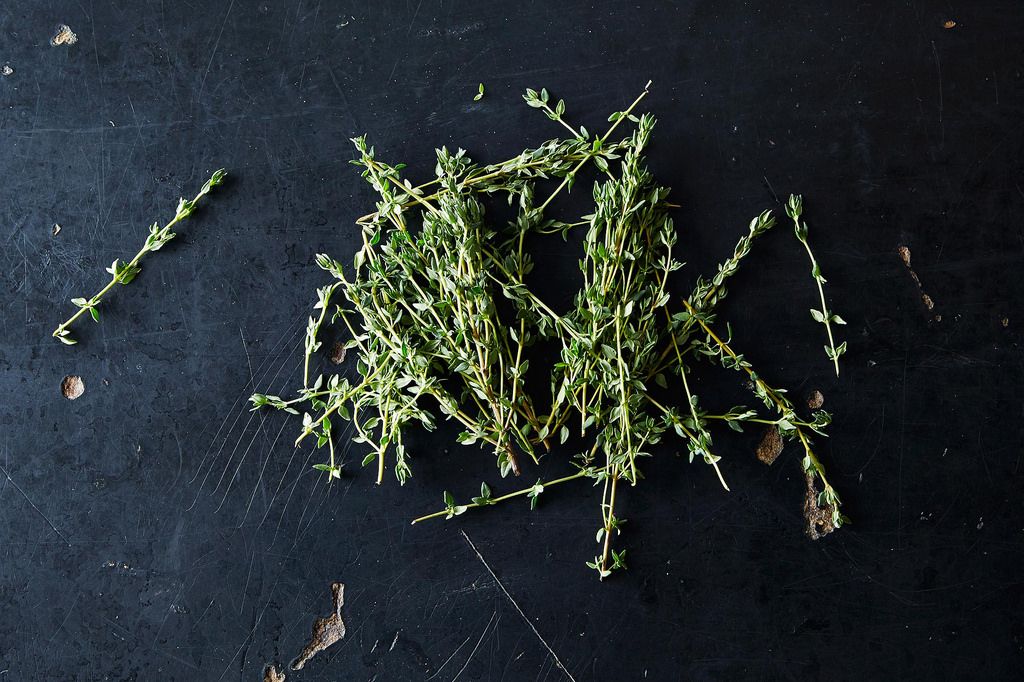
Throughout history, thyme has been used to treat a sweeping range of ailments, from toothaches and nightmares, to leprosy and lice. (Ancient Egyptians even used thyme as part of their mummification process.) We don't suggest testing out all of these remedies, but some of thyme's historical uses weren’t so far off. This herb does wield a lot of power, and not just over your culinary creations, but over your teeth and skin, too. Thyme oil contains thymol, a compound with strong antimicrobial and antifungal properties; one peek in your medicine cabinet, and you might find it lurking in your mouthwash, skin ointments, and more.
As an herb, it's probably no surprise that thyme belongs to a family with mint, basil, and shiso. And in addition to the common culinary thyme that you see most often, there are over one hundred other varieties -- a number of which have hints of their namesake, like lemon, orange, and caraway thyme.
More: Thyme is one of the few herbs that really keeps its flavor when dried -- here’s how to do it yourself.
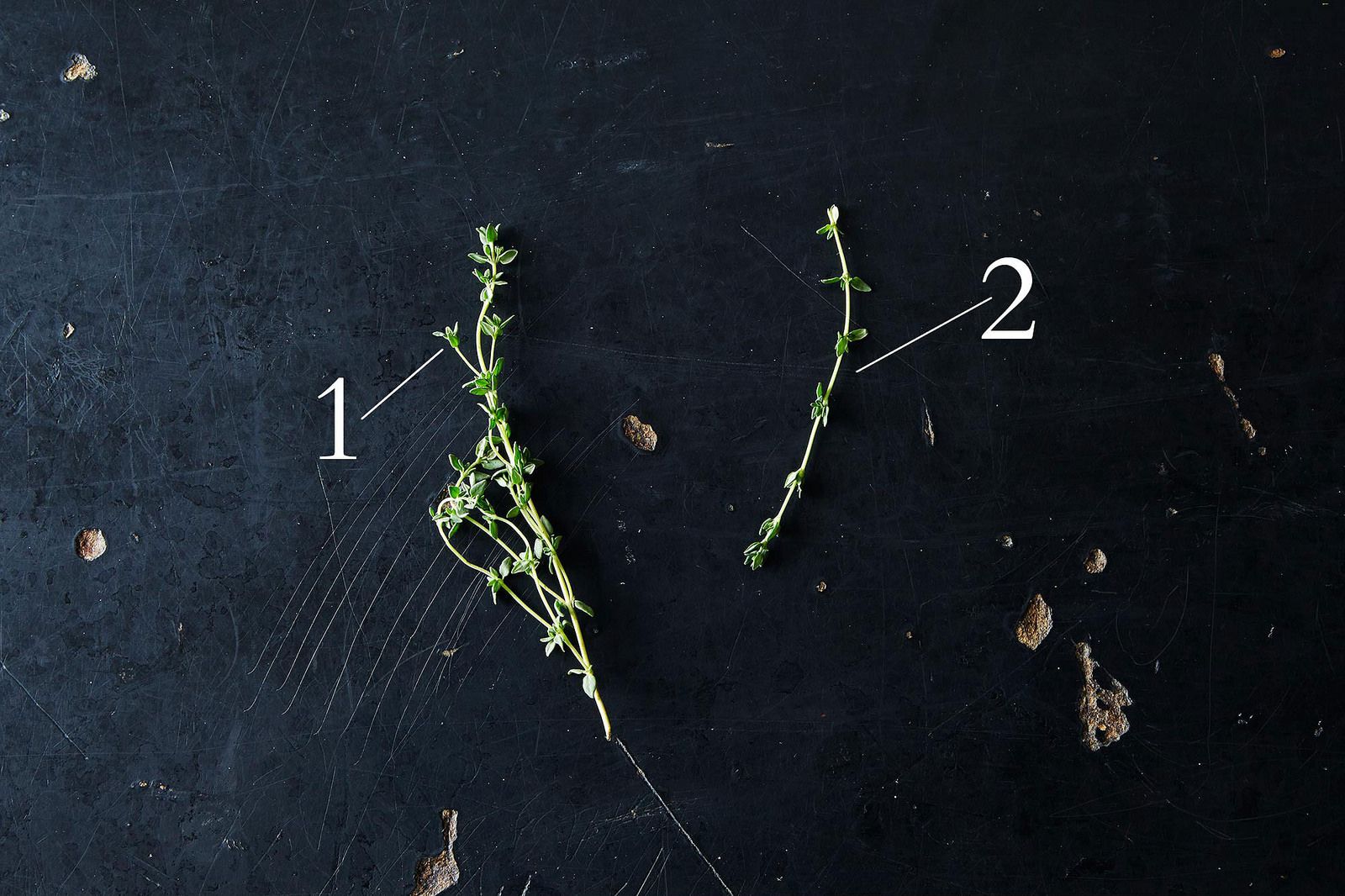
Recipes will often call for a sprig (2) of thyme, which refers to one stem of the plant. To remove the leaves, simply grab at the top of the stem, and lightly pinching, run your fingers down the length of the sprig -- watching the tiny leaves (1) fall off is one of the more satisfying kitchen tasks. If the sprig is young, flexible, and isn't tough enough for that, the stem can be chopped up right along with the leaves.
Thyme is often used in bouquet garni as well as spice and herb blends like za'atar and Herbs de Provence, and it works well with a wide variety of foods. When paired with sweet vegetables that are high in sugars (think carrots, winter squash, onions), Deborah Madison describes thyme as a “grounding herb;” it helps keep them "from going off the sweet end of the flavor spectrum and ties them back to earth.”
There's no danger of running out of thyme if you grow your own: It's a perennial, and it puts up with less than ideal growing conditions (i.e., it's hard to kill). With your own supply, you can take advantage of thyme’s tiny edible flowers -- pick them and garnish away, and start enjoying a little more thyme at every meal, from now well into the summer:
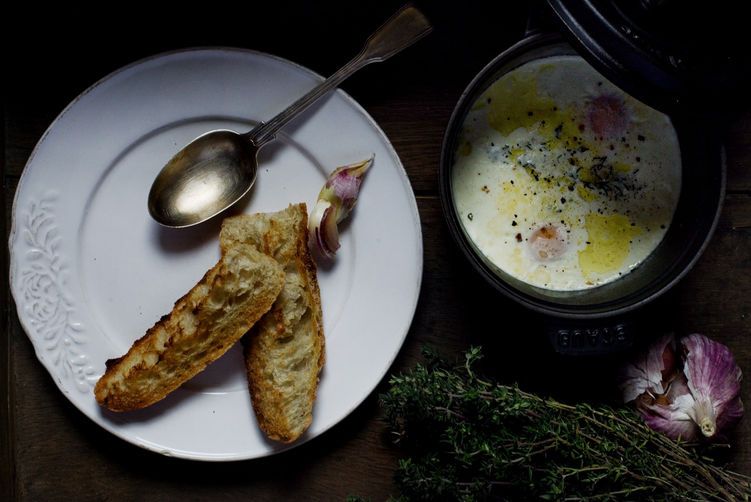
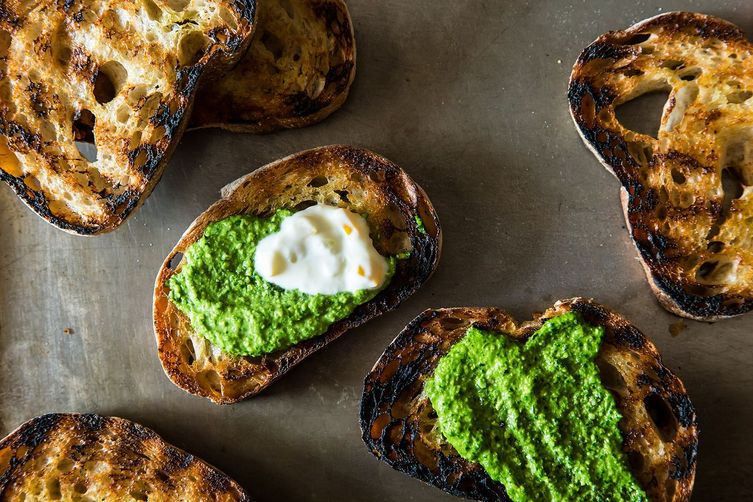
Breakfast & Brunch
Lunch
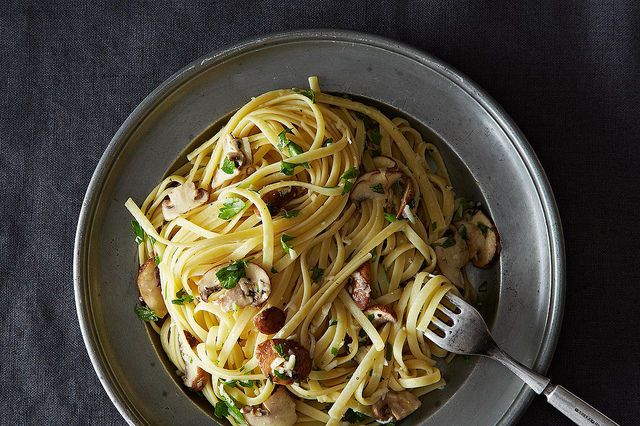

Dinner
Dessert
Tell us: How do you like to make the most of your thyme?
Photos by James Ransom







See what other Food52 readers are saying.